Four areas Brentford need to strengthen this summer
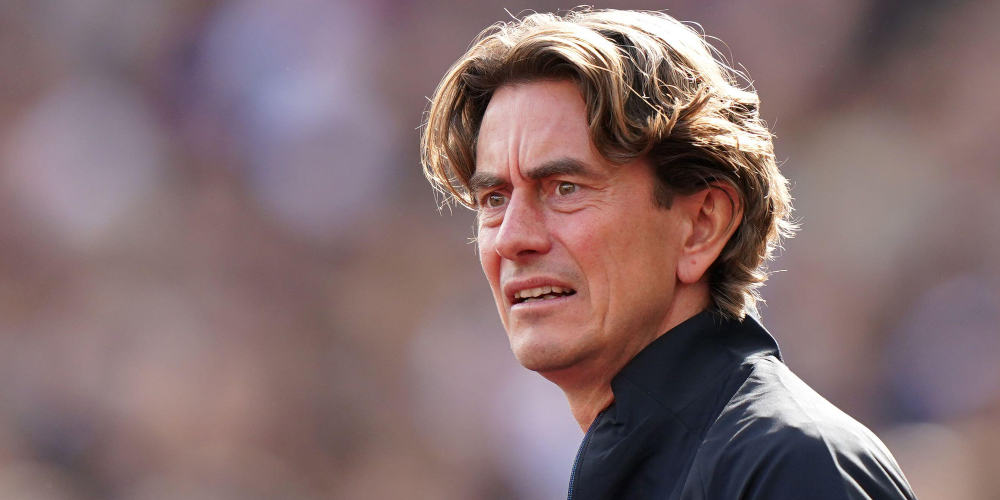
The summer transfer window will be crucial for Brentford if they are to build on a successful first season in the Premier League.
The Bees enjoyed a strong debut campaign in the top flight, staving off any threat of relegation by finishing in a very respectable 13th place.
Boss Thomas Frank has shrugged off suggestions of so-called second season syndrome, labelling it as a “myth”.
But Leeds United’s struggles last season demonstrated how difficult a second campaign in the Premier League can sometimes be.
And Frank is under no illusion that Brentford may encounter hardship next season, despite retaining confidence that his side can repeat the accomplishments of the last campaign.
“I’m hugely respectful of this league. I think we can achieve new, great things next season. I think we can get relegated. There’s a chance or a risk, depending on how you see it, for both,” Frank said ahead of the final-day defeat by Leeds.
If the Bees are to once again avoid any risk of the latter, there are some notable areas in which the team must be strengthened this summer.
Right-back/right wing-back
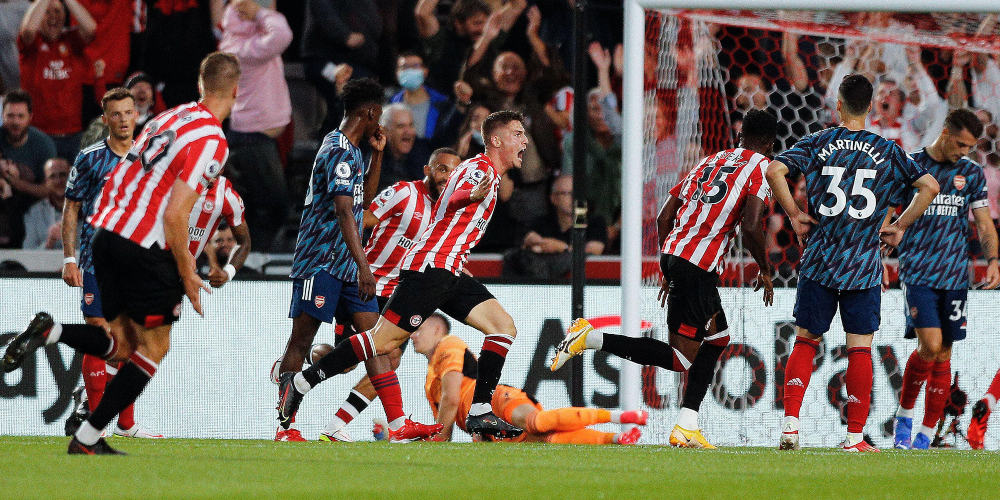
The first, and most obvious, area in which the club needs to strengthen ahead of the new Premier League season is at right-back/right-wing back.
The lack of established right-backs in the squad meant the right wing-back spot in the favoured 3-5-2 system was mostly shared between a more attack-minded player in Sergi Canos and 22-year-old Mads Roerslev.
When Frank instead opted for a back four, particularly towards the end of the season following Canos’ injury, Kristoffer Ajer coped well. Ajer as a right-back in a flat back four is less problematic, but he is better suited to playing as a right-sided central defender in a back three.
And if Frank is to continue favouring that formation next season then strengthening in the right wing-back spot is a must.
Canos’ passing was a big weakness last season, completing just 60.4% of his passes according to FBref. He is not a natural defender, having played much of his career further up the pitch, and aside from Mads Bidstrup, whose sample size is too small to really be considered, only Mathias Jensen was dribbled past more times per 90 minutes than Canos last season and he is not great at stopping crosses either.
It wasn’t all bad. He did provide a creative threat for his side and was involved in actions (e.g. passes, dribbles and drawing fouls) which created 1.51 shots per 90 minutes last season – better than the likes of his opposite wing-back Rico Henry, Yoane Wissa and Christian Norgaard.
He also got Brentford up the pitch with his willingness to progress the ball, but ultimately was largely wasteful in possession and has some notable weaknesses as a defender.
Roerslev, meanwhile, despite having shown promise at times, has a lot of improvement left. While more of a natural defender than Canos, he has limitations going forward. His non-penalty expected goals and assists for the season were just 1.2 and he didn’t drive the team up the pitch like Canos and Henry did because he is not as good on the ball.
Brentford coped fine with Canos and Roerslev as the main right wing-back options last season and they did not hold the team back considerably. But adding a recognised right wing-back who can contribute going forward and defensively should be the number one priority this summer if the Bees want to progress.
More depth in central defence
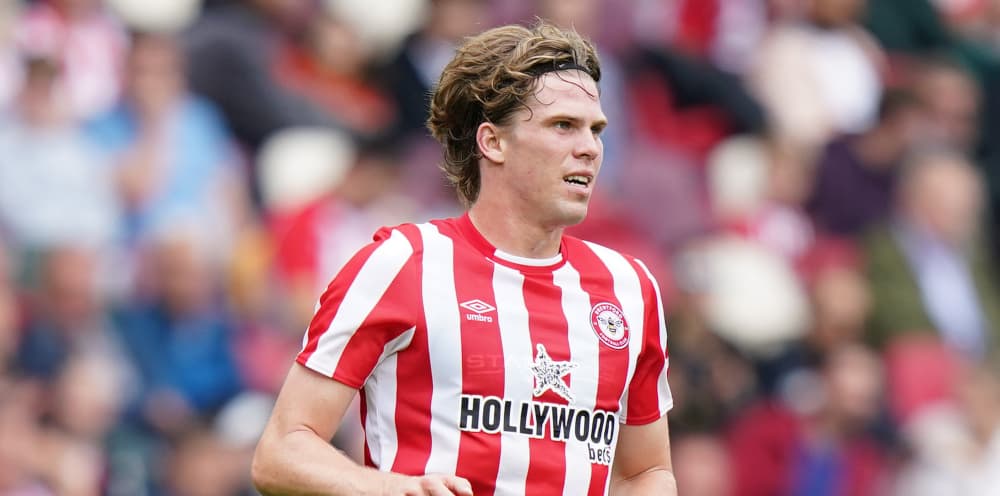
Brentford’s settled back three of Ajer, Pontus Jansson and Ethan Pinnock performed well last season. The Bees conceded 56 goals in the Premier League, which ranked 13th – exactly where they finished in the table. An impressive feat for a newly promoted team via the Championship play-offs, while it was also more than the expected goals against figure for Brentford of 49.1, as per FBref.
But there were problems when that settled defence was broken up due to injury. Mathias Jorgensen, or ‘Zanka’, missed most of the season, leaving Mads Bech Sorensen to deputise when there was an absence among the main back three, especially after Charlie Goode was loaned out in January.
Sorensen endured an up and down season. He was part of a defence which kept clean sheets against Tottenham and Southampton but his struggles were laid bare in the game against Everton at Goodison Park last month, where he was hooked at half-time following a miserable display in which he brought down Richarlison for a penalty.
The 23-year-old did not feature all that heavily last season, with just 11 Premier League appearances to his name, meaning the sample size is small. But data from FBref shows he won just 58.3 percent of the aerial duels he was involved in and made just 2.26 combined tackles and interceptions per 90 minutes. Not exactly convincing.
Sorensen still has plenty of improving to do and he has shown at times that he can play in the Premier League and be part of a defence which keeps clean sheets. But following the departures of Zanka and Julian Jeanvier, the Bees are certainly in need of additional depth in the centre of defence. Especially if Frank continues to favour a back three over a back four.
Creativity in midfield – maybe
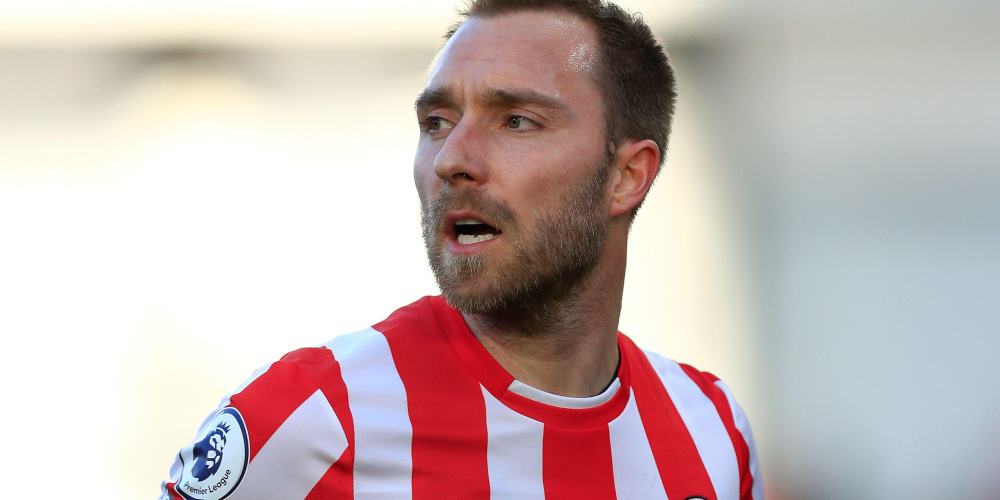
It’s strange to think now that there were doubts about whether Christian Eriksen would be able to get back to his best in a Brentford shirt, following the cardiac arrest he suffered while playing for Denmark at the European Championships last summer.
Eriksen quickly dispelled those concerns with some fine performances upon his return to professional football. According to FBref, Eriksen averaged 0.38 assists and 5.08 shot creating actions per 90 minutes last season – both enough to rank him in the 99th percentile compared to other midfielders among the big five European leagues (England, Spain, France, Italy, Germany).
Basically, he was among the most creative players in Europe last season.
It is no coincidence, then, that the Bees won the first five games in which the 30-year-old started. His positivity on the ball, ability to create chances and the freedom he was given in a Brentford team which has a solid core, gave the club a crucial lift at a time in the season when results had been poor.
Eriksen thrived alongside two defensively capable midfielders in Christian Norgaard and Vitaly Janelt and was tasked with being the team’s primary creator. He focused on attempting the more ambitious, riskier passes in an effort to make goalscoring opportunities, while his fellow midfielders adopted a safer approach. It worked extremely well.
But his short-term contract expires this month and he has yet to confirm whether he will re-sign with Brentford or choose to move elsewhere. The Bees are eager to keep him but face competition from the likes of Manchester United.
Should he opt to stay, Frank will have added the creative midfielder the team, at present, needs for next season. But his departure would create the need to strengthen in central midfield.
Josh Dasilva will likely play a bigger part next season if he can stay free from injury and he could help to fill the gap left behind should Eriksen to depart, while Jensen has also been a creative threat – ranking second behind Eriksen for expected assists per 90 minutes last season.
Brentford can cope without Eriksen. But what is clear is that they are a much better team with him in it. Frank would not be able to replace him with a player of his calibre should he leave, but the blueprint is there for Brentford to succeed by adding a player of his type to play alongside Janelt and Norgaard.
Another target man
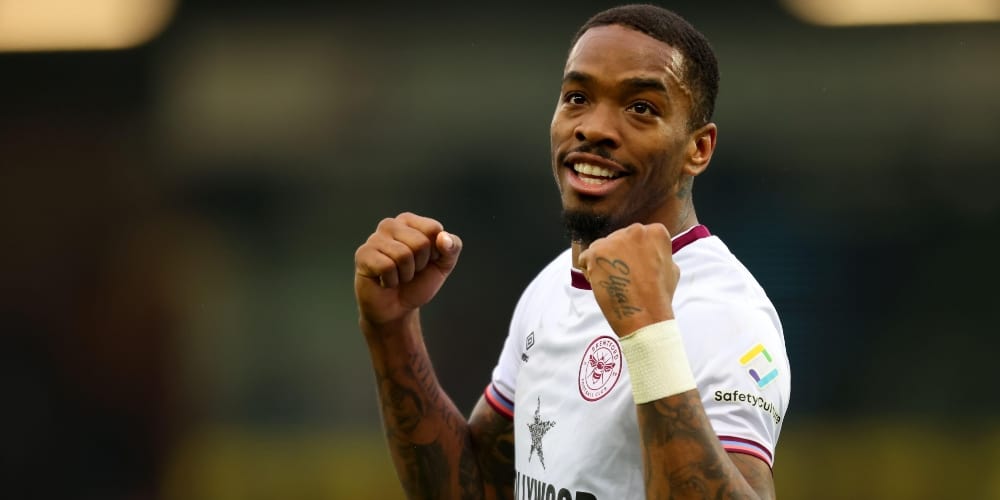
Ivan Toney is absolutely crucial to the way Brentford play. It’s not just his goals that are important – his aerial ability, hold-up play and physicality allow Frank’s side to build attacks in the opposition half.
Brentford ranked eighth in the Premier League for the number of long passes (those more than 30 yards) attempted per 90 minutes last season at 95.3, and Toney was the target of the most passes from the entire Brentford squad at 51.8 per 90 minutes.
Despite being listed as 5ft 10in, Toney outperforms his size when it comes to winning headers. His 4.64 aerial duels won per 90 minutes is enough to rank him in the 88th percentile of strikers across Europe’s top five leagues.
Toney managed to stay fit for nearly the whole season, but out of the five league games he was absent, Brentford won just one of them. The lack of a threat up top was particularly noticeable in the 0-0 draw with Crystal Palace, which the 26-year-old missed with a calf problem.
His partnership with Bryan Mbeumo is very effective, with the Frenchman’s pace and running in behind stretching defences to create space while Toney does a lot of the ‘dirty work’, so to speak, by dropping in to challenge for the ball and pick up possession.
When he is not on the pitch, the Bees lose their aerial target and there is no one similar to him in the squad. Should Toney manage to stay fit for the whole season then there won’t be an issue, but in the event he does not then adding another target man type option up top could help Brentford cope better without him.

21/06/2022 @ 5:36 pm
I agree 100%. Maybe more!